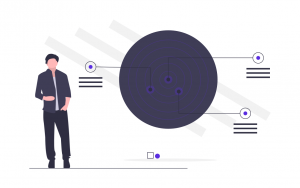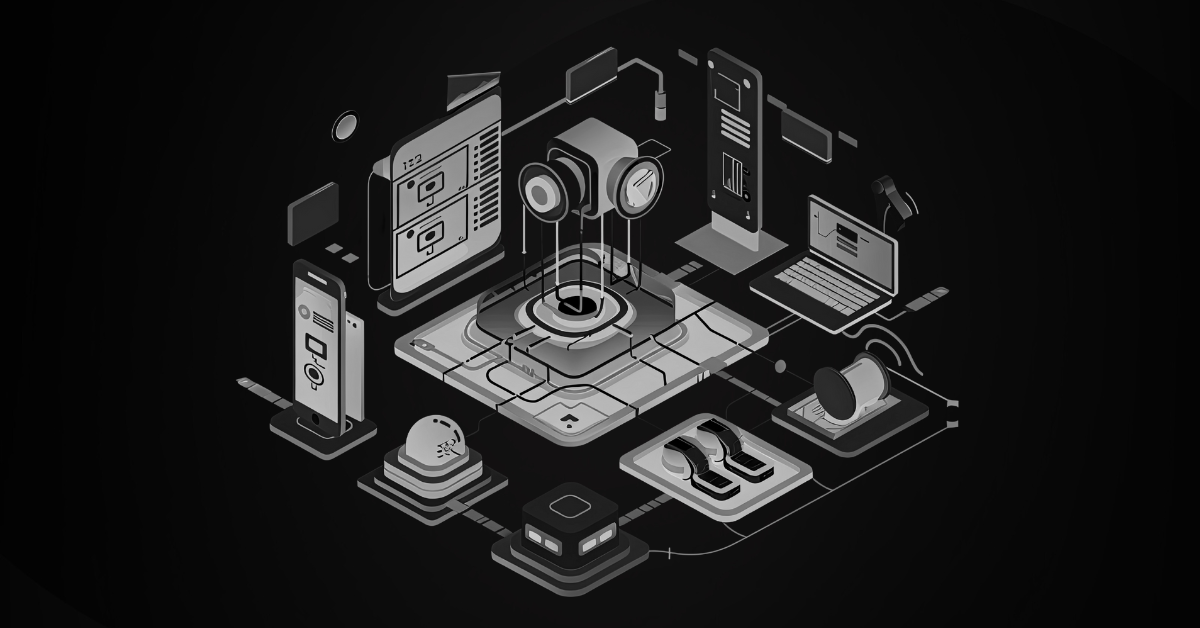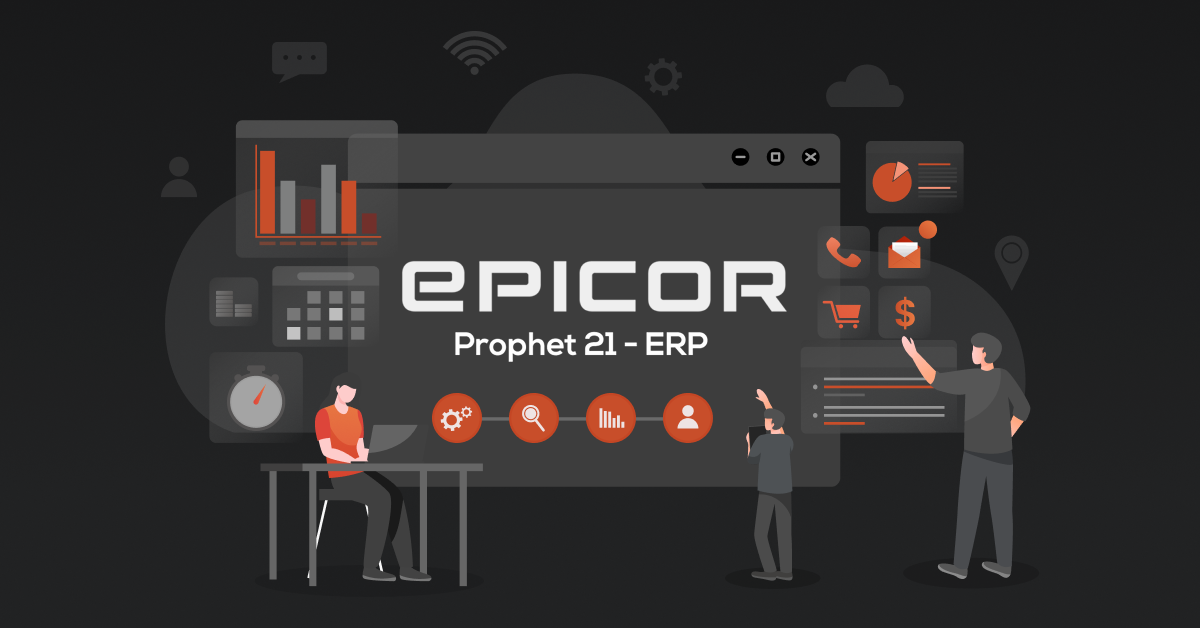What is System Integration?
In simple terms, System Integration Solutions is the engineering process connecting various components or systems to function as one, thereby providing a centralized view of all the business processes.
Every organization runs multiple departments, which manages and maintains large volumes of data in various formats. And with the rise in the number of external data platforms, the need to integrate data and let applications communicate with each other becomes a necessity. Integrating systems involves:
- Analyzing Business Requirements
- Managing Inventory
- Effectively Steering Workforce
- Satisfying End Customers’ Needs
- Providing Excellent Customer Service
While doing all this, one must keep in mind that there is no compromise made on the end goal of the business and organization. In short, System Integration Solutions aim at providing a unified ecosystem that delivers profitability, scalability, and sustainability.
Why should every business invest in System Integrator?
1. Multiple systems that carry out their processes as individual entities put a heavy load on IT personnel to successfully deliver the overall business requirement. To overcome this barrier and provide one centralized system that can make the applications talk to each other and transfer data seamlessly, it is the end goal of system integration solutions.
2. Business growth means operational changes and vast volumes of data. An integrated solution for systems is imperative to adapt to this positive growth without causing any collapse to the entire system.
3. A tool that gives a broader and horizontal view of the business processes makes it easier for executives and managers to make decisions that will keep the present and future business architecture flexible and competent.
4. If integrating two systems requires your IT personnel to invest in long lines of code or complex analysis, they will lose focus on the end goal. The system integration, especially in the B2B realm, should be as easy as plug-and-play, thereby making the process relatively straightforward, regardless of the platforms or services.
5. With integration connectors and templates, system integration solutions, both on-premise and in the cloud or a combination of both is what IT managers and administrators are looking for. A combination of both guarantees security from the firewall as well as operations without downtime.
System Integration Solutions as a Service
Learn further how System Integration Solution is excellent for companies who struggle with working on multiple subsystems and experience waste of time, resources, and employees’ efforts due to the need of re-entering data manually every single time. Whereas, implementing a System Integration saves you from a complex and brittle structure, thereby eliminating the growth bottlenecks and assists you to scale faster.
Connecting Every Data Point
With a siloed business setup, an organization’s data exists in various digital and geographical locations. For example, the eCommerce platform might function from one locality, and the ERP might exist in entirely different geographic coordinates. This puts a severe constraint on the maintenance of data when online transactions are happening by the minute. From orders to inventory updates to discounts to returns and many more, keeping tabs on every single data synchronization entity requires a middleware. This platform can effectively handle all these transactions, without any downtime and with 100% data security.
Purpose of System Integration
Wondering why is system integration important? When point-to-point integrations are implemented to connect one data entity to another, a big question of scalability arises. As the organization continues to grow, the data that it processes every day adds to the previous days, making it humongous. Needless to say, the multiple systems used to implement a business requirement make it even harder for integration to encompass the entire data lifecycle. This is why a stand-alone, cloud competent, scalable, and flexible system integration solution is needed.
Benefits of System Integration
Systems such as ERP, CRM, and eCommerce work in a tight association. The inter-dependency of these systems is pivotal not to consider. System Integration solutions are necessary For these three systems and several others to work in unison, delivering the results as strategized by the businesses. Here are some benefits of system integration:
- Data Accuracy: Error-free data communication end to end.
- Consistent business infrastructure: No loss in data and regular updates.
- Real-time reports: Up-to-date numbers and results that will keep the business current.
- Optimal Operational analysis: Effective usage of IT personnel and other workforce that take care of the core business needs.
- Connecting legacy systems to modern ones: Merging old data with new and future data for better performance.
- Building trust among end clients: Deliver your end customers with up-to-date information and respond to queries immediately.
- Enterprise-grade security: Every entity of data transaction is wholly encrypted, thus guaranteeing an end to end security.
B2B System Integration Examples
B2B refers to the process of commodity exchange between two companies or two businesses. Producers, retailers, and resellers and agencies are all examples of B2B companies. System integration in B2B setup is crucial to understand the architectural aspect of enhancing every detail of how they function with peers, customers, and suppliers. Below are a couple of examples of B2B systems where system integration enhanced productivity and profitability:
-
ERP-CRM Integration
A leading electronics manufacturing company was operating from 15 different locations and was offering two-day shipping to its suppliers and other customers. Consolidating and tracking the shipments from these various locations to the end customers was a big challenge.
Solution: A system integrator that would keep track of the commodities and provide periodic updates to the customers. The data would be uploaded to the CRM system at every checkpoint, which would then be communicated to the customers. This made re-ordering also very easy.
-
ERP-eCommerce Integration
A mattress firm wanted to connect its existing ERP system with the newly developed eCommerce website and achieve complete visibility of all customer interactions. It required constant monitoring and optimization of workflows and results.
Solution: A system integration solution that synchronized the ERP and eCommerce systems, giving a single source of data with high accuracy and in real-time. The data was error-free and did not cost too much for the labor as well.
DCKAP Integrator – An Enterprise System Integrator
DCKAP Integrator is a cloud-based system integrator that acts as a middleware that connects and synchronizes data between ‘n’ number of systems from various platforms. ERP, eCommerce, CRM, and many other systems have successfully been integrated using DCKAP Integrator.
With pre-built connectors and templates readily available, integrating systems end to end is just as easy as signing up and getting on board. With DCKAP Integrator, your business will be able to see:
- Customizable solutions for every business need
- Improved labor usage,
- Seamless data transactions,
- Automatic synchronizations,
- Real-time logs and metrics,
- Improved customer experience and
Your data can be managed from one centralized dashboard, thus enabling improved workflow visibility and optimum business operations, all this with enterprise-grade security. Manage all your integrations in one place with System Integration Solutions, and that can be leveraged to improve your business operations. Get in touch and we’ll take you into our world for you to discover the benefits of the ERP Integration Platform that uplifts your business.

References:
https://it.toolbox.com/blogs/erpdesk/case-study-integrating-e-commerce-with-erp-boosts-insights-0502172. https://www.dckap.com/blog/ecommerce-erp-integration-a-quick-guide/3. http://www.netalogue.com/ecommerce-case-study-studies4. https://www.youredi.com/blog/what-is-system-integration5. https://www.nousinfosystems.com/retail-and-logistics/focus-areas/system-integration6. https://www.redtechnology.com/systems-integration/7. https://developer-tech.com/news/2015/jul/27/five-requirements-future-proof-system-integration-platform/
Contents






